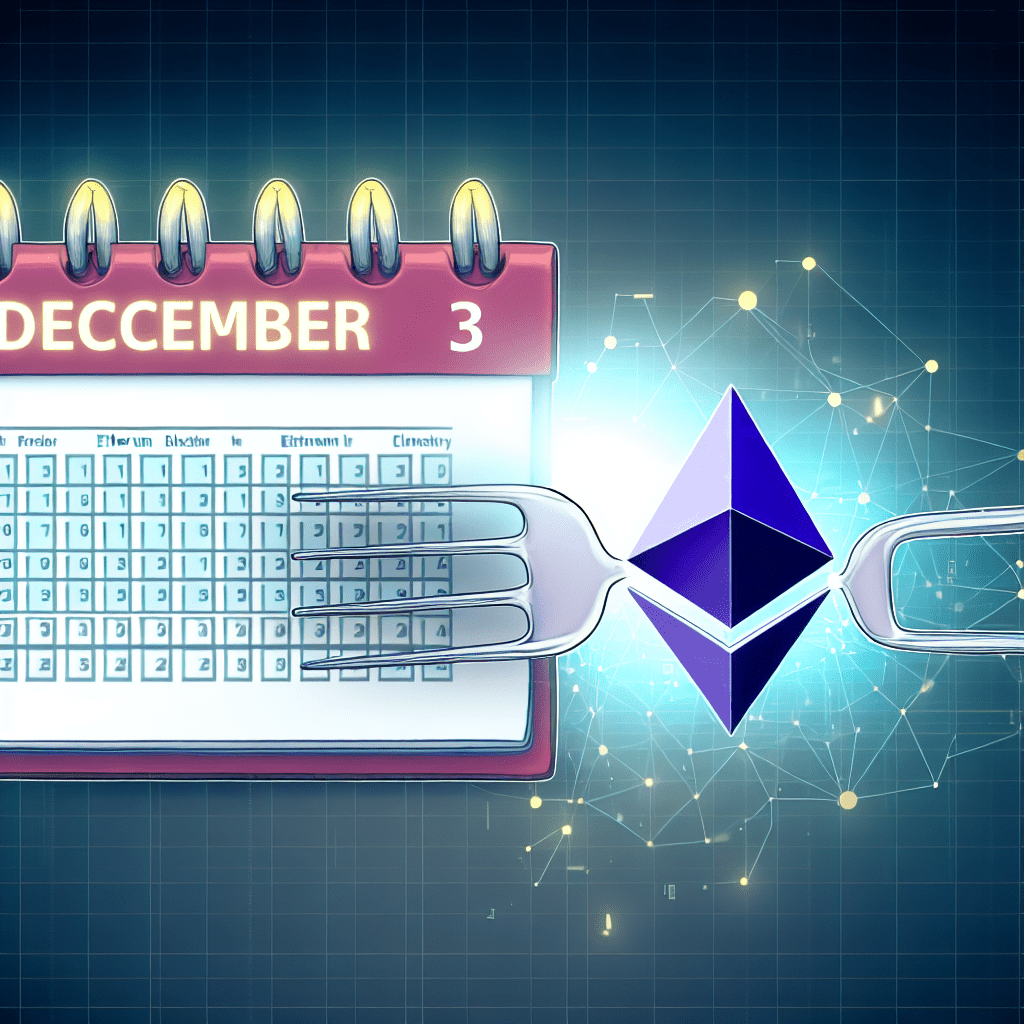Ethereum’s core developers have earmarked early December for the provisional launch of the network’s upcoming major hard fork, named Fusaka, which aims to enhance the network’s scalability and efficiency.
The Fusaka upgrade is set to go live on Dec. 3, with an increase in blob capacity scheduled for two weeks later, around Dec. 17, followed by another blob capacity hard fork on Jan. 7, 2026.
Both blob capacity hard forks will more than double the existing blob capacity, according to Ethereum researcher Christine D. Kim.
Prior to the upgrade being rolled out on the Ethereum mainnet, three public testnets will take place between early October and mid-November.
“The initial assessment indicates that we can proceed with a Max blob count of 15 for BPO1 [Blob Parameter Only] and a Max blob count of 21 for BPO2. A total of 5 BPOs are planned for Fusaka, ensuring the mainnet scales significantly – safely,” the Ethereum developer community ethPandaOps noted in a post on X Thursday.
BPO (Blob-Parameter only) forks exclusively modify parameters linked to blob targets and limits. These hard forks do not necessitate any updates from the client-side.
Blobs enable the storage of large data sets offchain, improving the efficiency of layer-2 networks while lowering transaction costs.
Blob usage has steadily risen since the Dencun upgrade was implemented. Currently, the average blob count per block is 5.1, a significant increase from 0.9 in March 2023, according to a Dune dashboard.
This past Monday, the Ethereum Foundation announced a four-week code audit program, offering $2 million to developers who identify and report vulnerabilities in the Fusaka codebase.
Fusaka’s launch comes after the Pectra upgrade on May 7, which increased the validator staking cap, introduced account abstraction, and enhanced the efficiency of layer-2 networks.
Ethereum’s exit queue reaches an all-time peak
The volume of ETH unstaked by Ethereum’s validators has hit a record high, with 2.6 million ETH, valued at $12 billion, entering the exit queue last week.
Related: Ethereum turns 10: Here’s how its booms and busts shaped history
Simultaneously, the queue for entering the staking pool has dropped to a four-week low due to concerns over selling pressure from the unstaked ETH.
The current wait time for the exit queue is approximately 43 days, according to the Ethereum Validator Queue.
On Thursday, Ethereum co-founder Vitalik Buterin asserted that the lengthy exit queue serves a purpose and that reducing the limit would undermine the chain’s “trustworthiness.”
Buterin’s remarks were in response to Galaxy Digital’s head of DeFi, Michael Marcantonio, who described the length of the exit queue as “troubling.”
Magazine: Bitcoin mining industry ‘going to be dead in 2 years’: Bit Digital CEO

